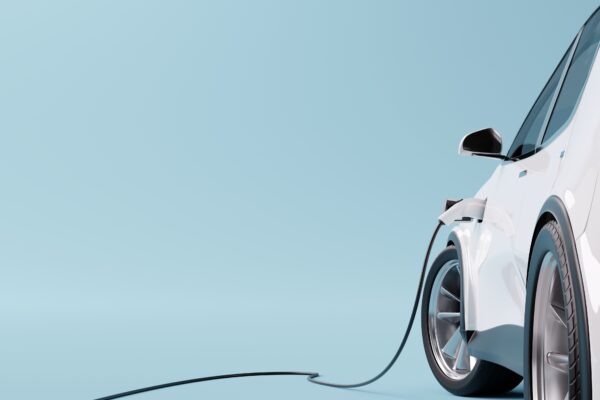Outage communications and response complicated by COVID
By Chandler Dunklin, Client Relationship Manager –
While much of the world has shut down in response to the COVID-19 pandemic, mother nature has not gotten the memo.
Spring thunderstorms have affected the operations of several utilities, and in California a dry winter portends a potentially dangerous upcoming fire season.
Last week, Chartwell hosted a webinar panel discussion with three member utilities from its Outage Council: Southern California Edison, FirstEnergy, and Duke Energy. Panelists shared how each of their utilities is working to maintain high service standards while prioritizing the health and safety of employees in the midst of the COVID-19 pandemic.
Here are a few key takeaways from their discussion:
Reliability first
Duke Energy’s VOC (voice of the customer) indicates that residential customers are extremely intolerant of power outages right now. Many homes now serve as a combined office, school, and daycare for customers meaning power outages are more disruptive than ever. However, at the same time, Duke is receiving some of its highest scores ever in customer satisfaction surveys. Showing that customers notice and appreciate the extra effort utilities are making in this challenging environment.
Southern California Edison has not encountered major storms but has continued with planned outages as it modernizes the grid in preparation for the upcoming wildfire season. SCE has worked to communicate to customers the necessity of these planned outages to ensure customer safety during wildfire season.
Communicating with customers
FirstEnergy, which experienced major outages in its Ohio and Pennsylvania territories in the last few weeks, has leveraged Skype, Facetime, and other video conferencing services to allow their communications team to conduct interviews with local media remotely. These videos have been very well received.
Southern California Edison has leveraged the social media site NextDoor to spread the word about planned outages in specific neighborhoods. Additionally, SCE has dynamically adjusted the wording of the messages it uses to communicate with customers during the pandemic. For example, SCE has moved from referring to planned outages as “maintenance outages” to “essential outages.” This language reinforces for customers that SCE is doing everything it can to keep the lights on during the pandemic.
Duke usually relies on its field communicators, who are members of the utility’s corporate communications team, to go onsite during storm restoration efforts and take pictures and video that communicate the extent of the damage to customers. During recent storms, all Duke’s field communicators were working from home, and so the utility relied on its trouble men and crew leaders to take videos and pictures that corporate communications could then use to craft their story on the effects of the storm.
Protecting workers
Southern California Edison has sent more than 90% of its workforce home and given all employees a $250 stipend to purchase gear to make the transition easier. The utility has moved to sequester control center staff and has brought in RVs for operators to live in during their 30-day shifts. Field crews are conducting daily temperature scans, and riding in separate trucks.
Duke has initiated a robust COVID-19 testing infrastructure for employees. Because Duke has been able to quickly test its employees, it has brought down the length of time that someone must stay isolated after a potential exposure from 14 days to 2-3 (the amount of time it takes to return the test results). In the early stages of the virus Duke chose to activate its backup control centers and send half of its operators to those locations to minimize the risk of an outbreak at any one location.
Looking ahead
FirstEnergy has transitioned more than 7,000 of its employees to work from home and is beginning to think about how they can move some of those employees back into the office. The utility plans to move slowly and consult with medical experts along the way. FirstEnergy will continue to give special consideration and flexibility to employees with health concerns or family responsibilities that have been complicated by the pandemic.
Southern California Edison is planning for a worst-case scenario that would involve the combination of PSPS (Public Safety Power Shutoffs) during wildfires while customers are forced to shelter at home because of the virus. The utility is beginning to communicate this possibility to customers now so they will not be taken by surprise if it happens.
Utilities will need to continue to show creativity and resiliency in how they serve their customers moving forward, as most experts agree that the COVID-19 virus may remain a threat for months if not years. As utilities prepare their employees and customers for this “new normal,” there are numerous opportunities for collaboration and coordination among utilities facing similar problems.
To hear the from the best and brightest in outage communications and outage restoration, including the industry’s evolving response to COVID, join us for Chartwell’s virtual PowerUp conference June 2-3. We look forward to seeing you there (virtually!).







